Title : Functional transillumination imaging of animal body using NIR light scattering
Abstract:
Using a near-infrared (NIR) light with 700-1200 nm wavelength, we can visualize the internal structure of an animal body by transillumination imaging. However, the deep structure is severely blurred because of the strong scattering in body tissue. We developed some techniques to suppress the scattering effect and verified their feasibility in experiments. They are: the extraction of the near-axis scattered light and the weakly scattered light from the strongly scattered light. The deconvolution with a depth-dependent point spread function is another technique to suppress the scattering effect in a transillumination image. With these techniques we can visualize the macroscopic structure of an animal body in two dimensional (2D) images. Using the 2D transillumination images taken from different orientations, we can reconstruct the cross-sectional images and eventually the macroscopic three-dimensional (3D) image of the internal structure of an animal body. The effectiveness of the proposed technique was examined in the experiments with 3D model phantoms, and its applicability to an animal body was verified in the imaging of experimental animals.
Further, we can quantify the physiological change occurred in the body as the change in transillumination images. A fundamental study has been conducted to visualize the functional change inside a living animal body using the NIR light. We have developed a technique to visualize the attenuation change occurred in a diffuse scattering medium. Transillumination images are obtained before and after the physiological change. Using these images, one can obtain the spatial distribution of attenuation change while suppressing the blurring effect of scattering. This principle was derived in theoretical analysis and its effectiveness was verified in experiments. To examine the applicability of this principle to a biological body, localized physiological changes were made in the mouse abdomen and the rat brain. The hypoxia in one of the mouse kidneys was visualized selectively from another normal kidney. The local increase in the blood volume was detected in the somatosensory area of a rat brain when its forelimb was electrically stimulated. The blood increase occurred in a symmetrical position with respect to the sagittal plane, when the forelimb of the opposite side was stimulated. The functional change occurred in a human hand and a foot was also visualized in transillumination images. Through these experiments, it was found that the changes in the tissue oxygenation and the blood volume could be detected noninvasively and that they are visualized in the transillumination images using the NIR light.


